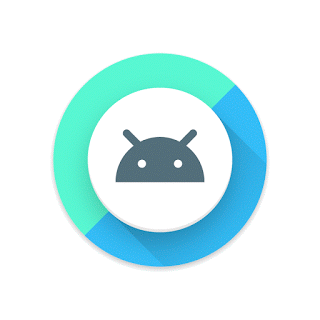O boy, the developer preview of Android O is here.
Today the Android team shared the first developer preview for the next version of the Android operating system. According to an Android blog by Dave Burke, vice president of engineering at Android, over the course of the next several months, Android will release updated developer previews, and they will do a “deep dive” on all things Android at Google I/O in May.
But let’s get down to the new features and APIs to use in Android apps with this developer preview. Here are just a few things to try:
- Background limits: Android O includes additional automatic limits on what apps can do in the background, writes Burke. This includes: implicit broadcasts, background services, and location updates. Check out the documentation on background execution limits to get more details.
- Notification channels: Notification channels are new app-defined categories for notification content, which lets developers give their users “fine-grained control” over notifications, writes Burke.
- Autofill APIs: Android aims to make setting up new apps or placing transactions easier with platform support for autofill. User’s can select an autofill app and then let the autofill app store and secure user data. This includes user names, passwords, addresses, and more, writes Burke.
 Adaptive icons: This lets developers create adaptive icons that display in different shapes, based on a mask selected by the device. Plus, the system animates interactions with the icons.
Adaptive icons: This lets developers create adaptive icons that display in different shapes, based on a mask selected by the device. Plus, the system animates interactions with the icons.
- Java 8 Language APIs and runtime optimizations: Android O now supports new Java Language APIs, like the new java.time API.
- Connectivity: Android O also supports high-quality Bluetooth audio codecs like the LDAC codec. Android is adding in new Wi-Fi features as well, like Wi-Fi Aware, previously known as Neighbor Awareness Networking, writes Burke.
- AAudio API for Pro-Audio: Here’s a new native API that is designed just for apps that require high-performance, low latency audio. This developer preview includes an early version of this new API.
The full developer preview for Android O can be found here.






